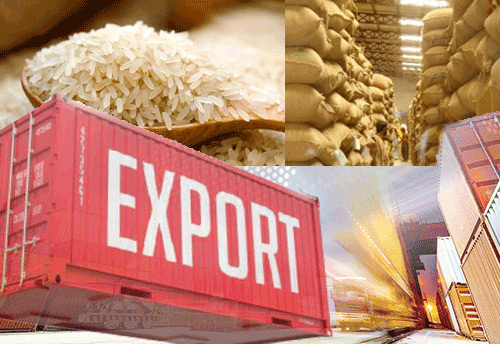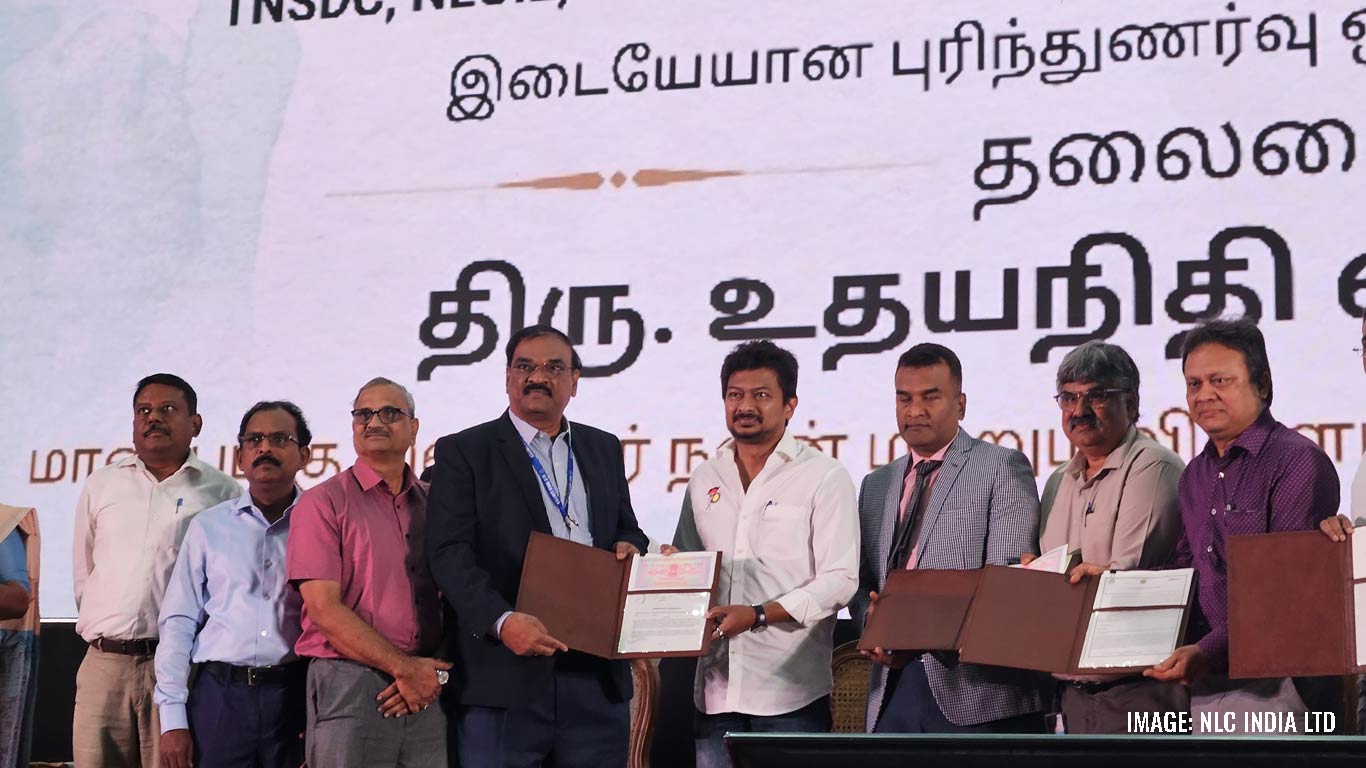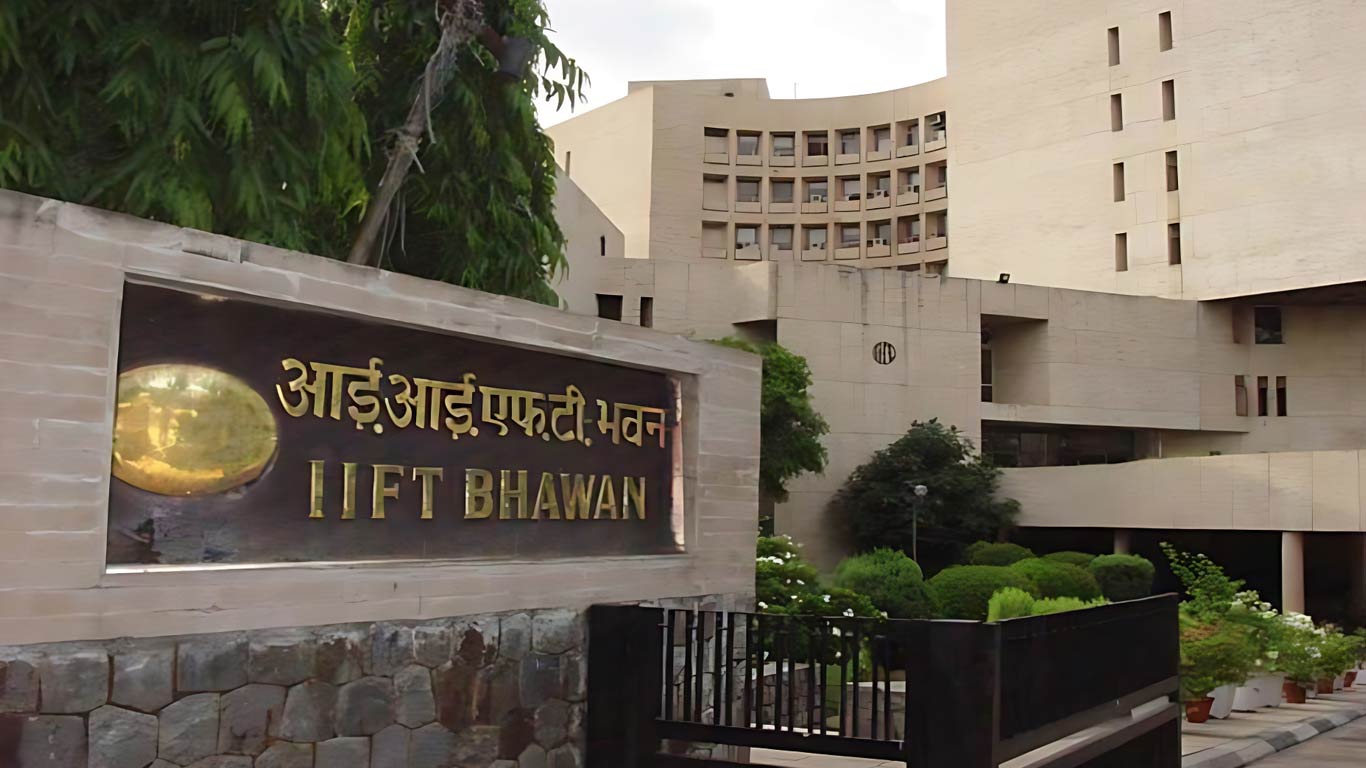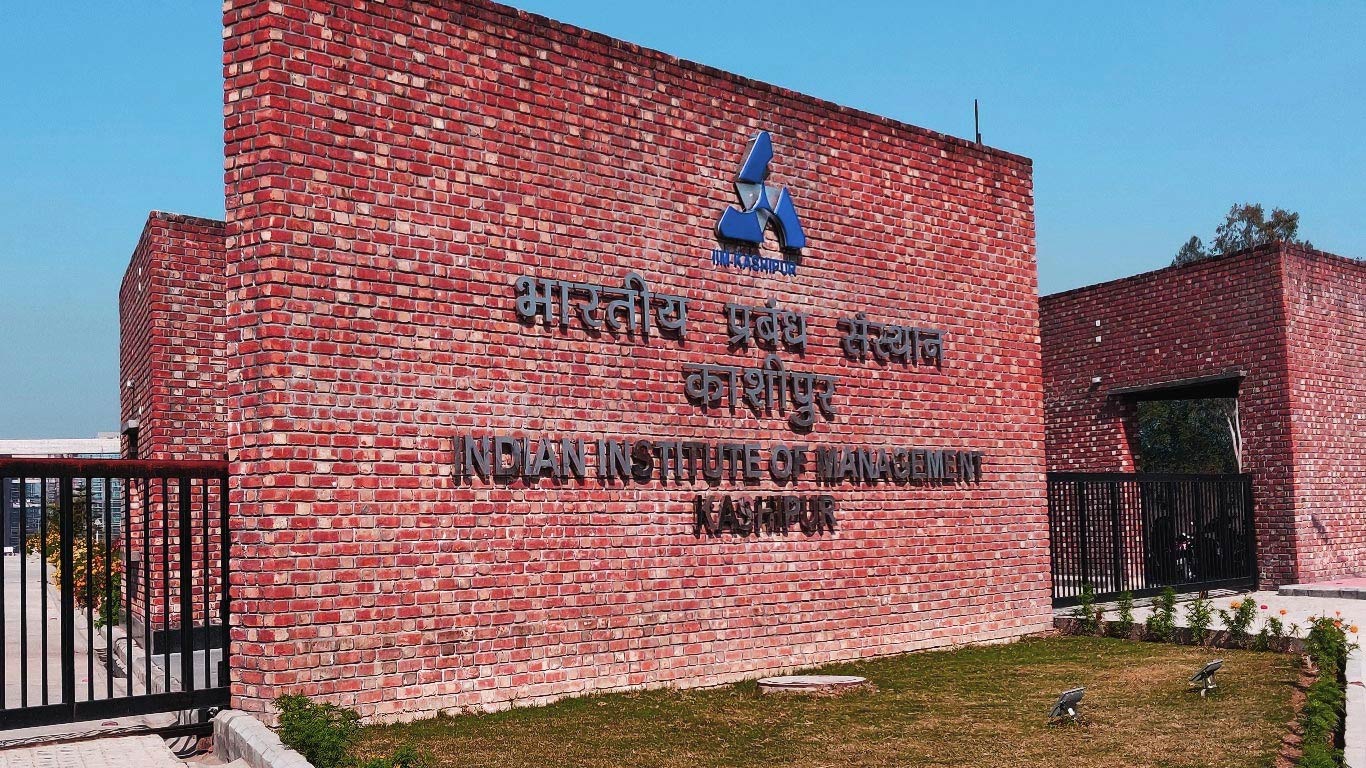Evolving global demand & geopolitical relations driving new avenues for Indian rice exporters: Report
Updated: Dec 27, 2018 08:37:33am

Evolving global demand & geopolitical relations driving new avenues for Indian rice exporters: Report
New Delhi, Dec 27 (KNN) Despite, rice being exempted from GST, exporters are unable to access the credit they need to finance their workings, said Drip Capital report on ‘Rice Commodity Insights’-outlining the evolving dynamics in the Indian rice export market in 2018.
It said “While GST has had minimal impact on rice exports (courtesy rice being exempt from GST), exporters are still facing credit issues, potentially affecting their future growth.”
The report said “Evolving global demand and geopolitical relations driving new avenues and growth for Indian rice exporters.”
It said that the fresh markets are also opening for Indian rice exporters, with China being touted as a major opportunity.
However, Drip Capital’s research shows exporters will start seeing benefits from Chinese trade only in the long-term.
According to the findings of report, India exported 26.3% of the world’s total rice exports, valued at US$5.5 billion, in 2017 alone.
The country also has a massive competitive advantage in the international rice trade, it added.
The report further pointed that the current decline in rice exports over the last few months is part of a regular annual cycle.
It said “Overall export volumes of rice have also improved compared to last year- by end of Q3 2017, there had been 58,736 shipments, valued at US$5.8 billion; the calendar year 2017 saw 78,300 rice export shipments overall, valued at US$7.39 billion.”
In comparison, by the end of September (Q3) 2018, 62,112 shipments had been logged, with a value of US$6.875 billion, report added.
Thus, there seems to be little need for panic, as demand and export volumes should continue rising into 2019.
Further, report highlighted that the Punjab is top rice exporter, contributing over 30% of country’s exports.
Exports to Bangladesh have seen stellar growth, despite a slump in April-September this year; overall shipments to Bangladesh in the first three quarters have grown $91.7 million year-on-year, said report.
Based on heavy increases in demand, the research report also suggests six other potential market opportunities for Indian exporters – Qatar, Yemen, Israel, the Philippines, Kenya, and Ukraine.
Rice is the most widely consumed staple food in the world and the third-most-produced agriculture commodity in the world (over 740 million tonnes as of 2016).
One of the rice exporter from Mumbai said “India, as an agricultural country, is getting more educated [sic], as farmers are starting to grow products specifically aimed to meet consumption patterns and tastes of different markets.”
He said that the Chinese rice tastes are very different given their preference for sticky rice, but with the potential for more trade in the future, there is a possibility farmers will start growing those varieties to meet demand.
Hence, China could pan out as a viable export market, but only in the long term, he added.
Co-founder and Co-CEO, Drip Capital, Pushkar Mukewar, added, “As per Drip Capital data, the top 100 rice exporters from India have exported shipments worth over $183 million so far in this quarter (as of November 2018).”
As the annual seasonal demand from the Middle East picks up, and more non-basmati rice gets shipped to China, Indian rice exporters can expect business to pick up in the coming months, he added.
However, he said that the exporters are unlikely to see the due benefits from this increased opportunity if they are unable to access the credit they need to finance their workings.
Drip Capital is a US-based trade finance company, leveraging technology to provide collateral-free post-shipment finance to SME exporters with instant approvals and minimal documentation.











